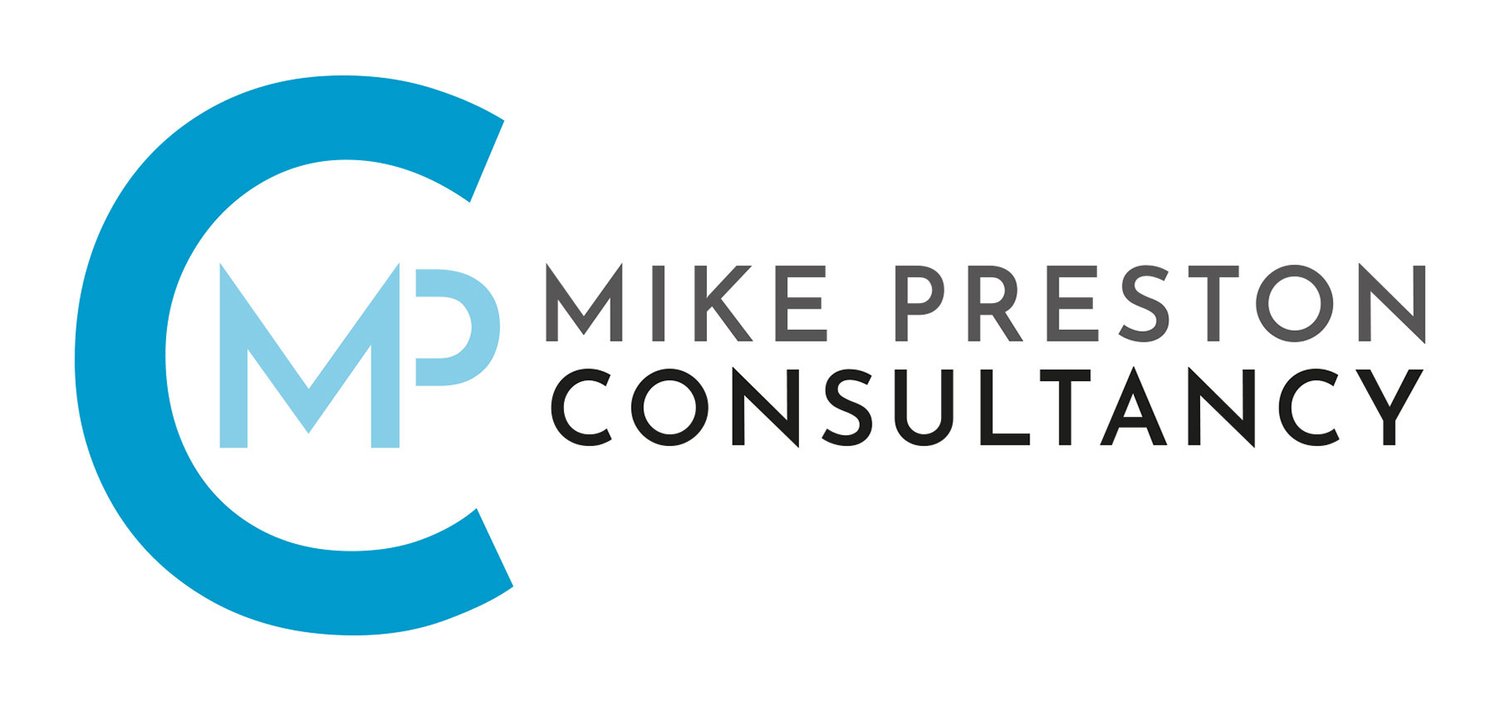More Than Just Hands: Cultivating a Thriving Volunteer Community
Volunteers are the lifeblood of countless organisations, the passionate individuals who dedicate their time, energy, and skills to further a mission they believe in. Yet, too often, our approach to volunteer management can feel transactional – a focus on simply getting tasks done. This week, we're diving into strategies for moving beyond "just hands" and truly cultivating a thriving volunteer community, where engagement is high, impact is maximised, and volunteers feel genuinely valued.
The truth is, modern volunteers are looking for more than just a checklist of duties. They seek meaningful experiences, opportunities to develop new skills, and a chance to connect with a cause on a deeper level. To truly harness their power, we need to shift our perspective from merely attracting help to building lasting relationships and fostering a profound sense of belonging.
Beyond the Transaction: Building Genuine Relationships
The first step to a thriving volunteer community is recognising that each volunteer is an individual with unique motivations, talents, and aspirations. Instead of simply assigning tasks, take the time to get to know them.
Personalised Onboarding: Move beyond generic paperwork. During onboarding, have conversations about their interests, skills, and what they hope to gain from their volunteering experience.
Regular Check-ins: Don't just connect when you need something. Schedule regular, informal check-ins to see how they're doing, if they're enjoying their role, and if they have any feedback or ideas.
Mentorship and Peer Support: Encourage experienced volunteers to mentor newcomers, fostering a sense of camaraderie and shared learning.
Meaningful Roles: Empowering Rather Than Employing
Volunteers want to feel like their contributions truly matter. Providing them with meaningful roles is crucial for engagement and retention.
Skill-Based Matching: Instead of assigning generic tasks, match volunteers with roles that leverage their unique skills and interests. A marketing professional might excel at social media outreach, while a retired teacher could be invaluable in an educational program.
Project Ownership: Where possible, empower volunteers to take ownership of specific projects or initiatives. This fosters a sense of responsibility and achievement.
Clear Impact Communication: Regularly communicate the tangible impact of their efforts. Share success stories, demonstrate how their work contributes to the organisation's mission, and quantify the difference they're making.
Fostering a Sense of Belonging: Creating a Community, Not Just a Workforce
The most engaged volunteers are those who feel like an integral part of something larger than themselves. Cultivating a sense of belonging is paramount.
Inclusive Communication: Ensure all communications are inclusive and make volunteers feel like valued team members. Use language that emphasises their contribution and avoids differentiating between staff and volunteers.
Social Opportunities: Organise social events, team-building activities, or even informal coffee mornings. These provide opportunities for volunteers to connect with staff on a personal level.
Shared Vision and Values: Regularly reinforce the organisation's mission and values, connecting volunteer efforts directly to the bigger picture. When volunteers understand and resonate with the "why," their dedication deepens.
Seeking and Acting on Feedback: Show volunteers that their opinions matter by actively soliciting their feedback and demonstrating how their suggestions are considered and, where appropriate, implemented. This builds trust and shows respect for their insights.
Measuring Contribution: Demonstrating Their Indispensable Value
Attracting, retaining, and recognising volunteers also requires effectively measuring their contribution. This isn't just about reporting numbers; it's about demonstrating the indispensable value they bring.
Quantifying Impact: Track volunteer hours, but also look for ways to quantify the output of their work. For example, how many clients were served, how many events were supported, or how much money was saved due to their efforts?
Qualitative Feedback: Collect testimonials from beneficiaries, staff, and even the volunteers themselves about the positive impact of their work.
Regular Reporting and Recognition: Share these measurements internally and externally. Publicly recognise individual and collective volunteer achievements through newsletters, social media, and awards.
By moving beyond the transactional and investing in building genuine relationships, offering meaningful roles, and fostering a strong sense of belonging, we can transform our volunteer programs. We can cultivate not just a workforce of helping hands but a thriving community of passionate individuals who are deeply invested in our mission and whose impact extends far beyond the tasks they perform. After all, when volunteers feel valued, connected, and truly understand their impact, their dedication becomes boundless.
Ready to elevate your volunteer program? Visit our Resources Hub today for a wealth of template documents, handy guidebooks, practical how-to guides, and much more, all designed to help you maximize volunteer engagement and impact!


